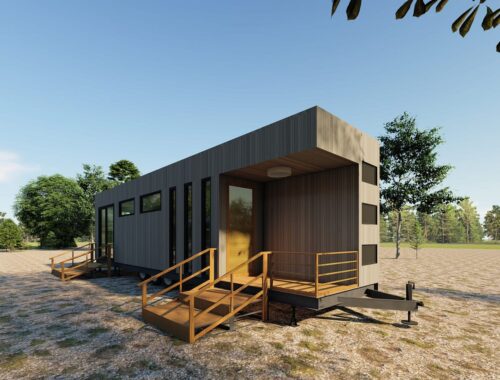The Ultimate Guide to Automatic Weather Stations: How They Work and Why They Matter
How Automatic Weather Stations Function
An automatic weather station is a system of sensors and instruments that collect meteorological data without human intervention. These stations measure parameters like temperature, humidity, wind speed, and precipitation, transmitting real-time information for analysis.
Key Components and Data Accuracy
Essential parts include sensors, data loggers, and communication modules. High-quality sensors ensure precise readings, crucial for reliable weather forecasting and climate research.
Applications and Importance
Automatic weather stations are vital in agriculture, aviation, and disaster management. They support irrigation planning, flight safety, and early warning systems for extreme weather events.
Benefits for Various Industries
Industries leverage this data to optimize operations, reduce risks, and enhance efficiency, making these stations indispensable tools.
Frequently Asked Questions
How often do automatic weather stations require maintenance? Regular checks every 3-6 months ensure optimal performance, though advanced models need less frequent servicing.
Can they operate in extreme conditions? Yes, most are designed to withstand harsh environments, from deserts to polar regions.
Take Action Today
Upgrade your meteorological capabilities with a state-of-the-art automatic weather station. Contact us for a customized solution that meets your needs!
You May Also Like

シャーシ設計の最適化手法とその応用
March 20, 2025
Escape Road: A Journey to Freedom
March 21, 2025